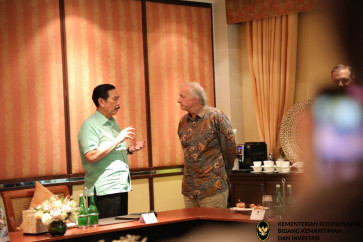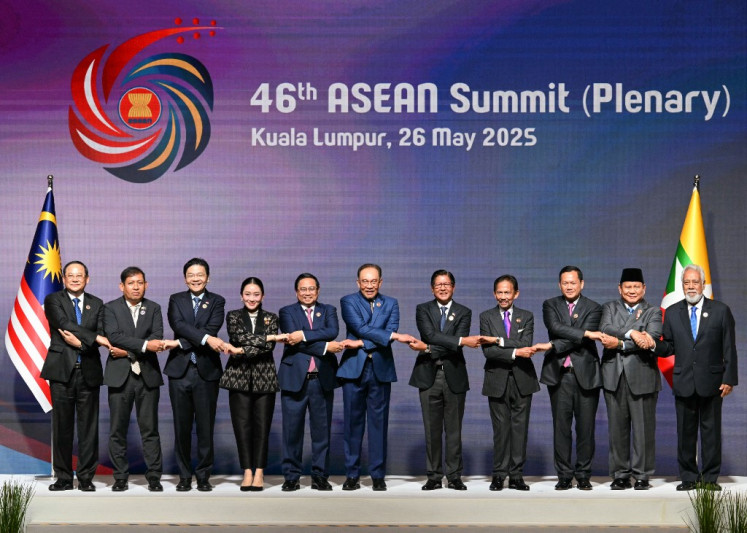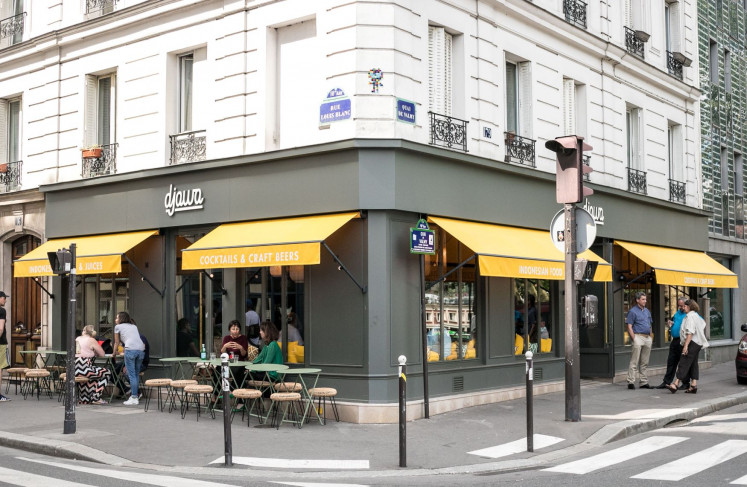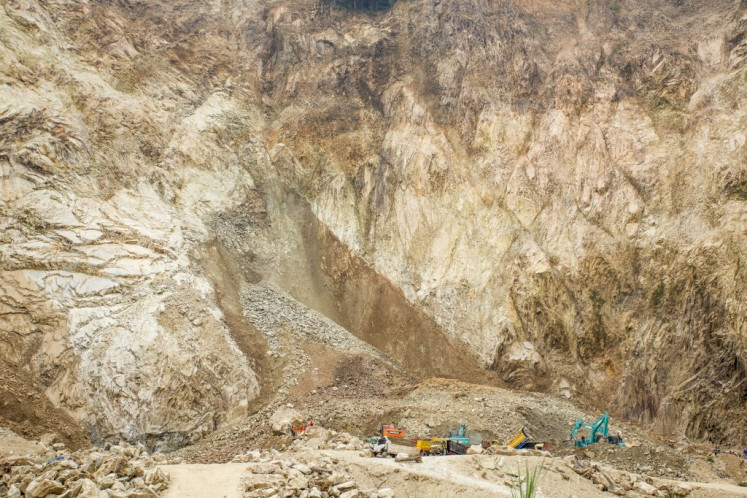Creating a 'waqf' gateway in Southeast Asia
The following strategies could be adopted in a concerted effort by waqf stakeholders in Southeast Asia.
Change text size
Gift Premium Articles
to Anyone
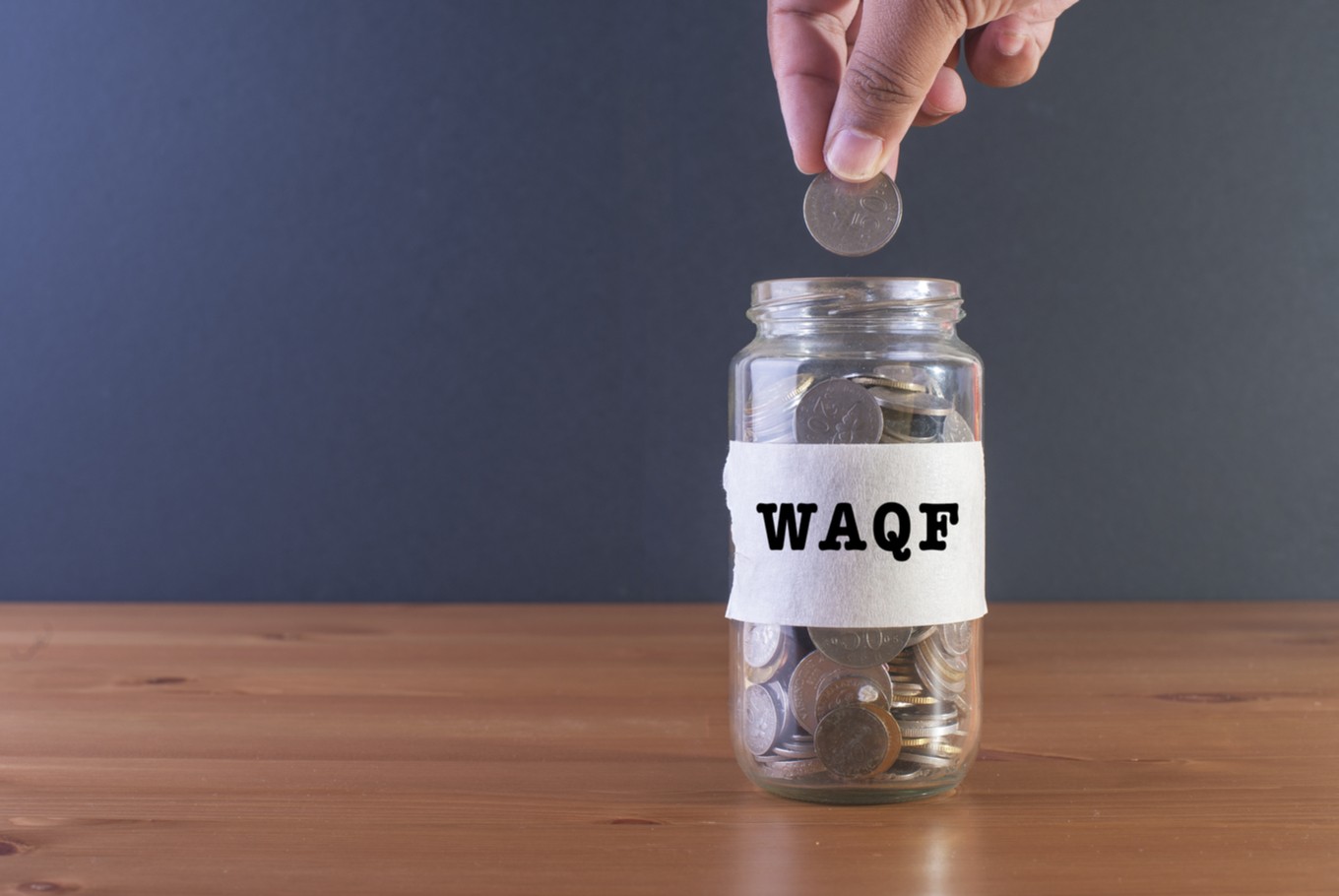 In Indonesia, waqf revival has been very significant in the past decades after the consolidation of regulation and bureaucratic procedures in the waqf sector in the form of Law No. 41 of 2004 on Waqf and the establishment of the Indonesian Waqf Board (BWI) in 2007. (Shutterstock/File)
In Indonesia, waqf revival has been very significant in the past decades after the consolidation of regulation and bureaucratic procedures in the waqf sector in the form of Law No. 41 of 2004 on Waqf and the establishment of the Indonesian Waqf Board (BWI) in 2007. (Shutterstock/File)
Lately, the idea of reviving and improving the governance of waqf (religious endownment) institutions has taken center stage
The following strategies could be adopted in a concerted effort by waqf stakeholders in Southeast Asia.
First, is the need to establish a database of waqf properties through a comprehensive survey. Current data on waqf assets in Southeast Asia is not comprehensive enough.
In 2012 Syed Khalid Rashid of India, a leading scholar on waqf, called for a comprehensive survey of waqf assets to enable their effective management. It is impossible for waqf administrators to effectively manage waqf properties under their charge without knowing the exact details of waqf assets such as its quantity, nature, value, income (if any), object, financial conditions, etc.
Currently data on waqf are only obtained through registration, which is totally different with surveys. Only detailed information on waqf assets could help the government to formulate effective strategies, policies and guidelines in developing the assets in order to attract potential investors to develop them. Thus a survey of waqf assets would be the catalyst in developing a database of waqf assets, essential to achieve successful development and governance of waqf in the future.
Second, is the need to initiate a bibliography of waqf literature in Southeast Asia. For the purpose of research on the topic a comprehensive waqf bibliography is needed, especially important works produced in Indonesia, which might not be available to scholars hailing from outside. Previously, there was an attempt to publish a bibliography of waqf literature in this region, and that was limited only to Indonesia and Malaysia through the works done by Syed Khalid Rashid on bibliography and review of waqf literature produced in India, Pakistan, Bangladesh, Malaysia and Indonesia for 30 years from 1977-2007.
Recently, the Indonesian scholar Tati Rohayati reviewed the bibliography on waqf research in Indonesia for a period of 15 years from 2000 to 2016. However, she said the study was limited to the material that she could access from libraries or through Google Scholar.
For such comprehensive work which is time consuming and very expensive, collaboration between the scholars, research centers and related authorities are needed. The result of this project will surely enrich the literature on waqf and create tremendous public awareness which might attract more interest and involvement from wide ranging sectors to develop and revive waqf in the region.
The next urgent step is reviving the Southeast Asia Waqf Forum and establishing a joint research center to study development of waqf properties in Southeast Asia. In 2011, during the international symposium on waqf in Jakarta, jointly organized by the Indonesian Waqf Board, Kuwait Awqaf Public Foundation and Islamic Research and Training Institute – Islamic Development Bank, the Southeast Asia Waqf Forum was established.
Unfortunately, not much information is available on how far this forum has managed to achieve its goals in terms of conducting regular waqf conferences nor the collaborations between member countries.
The time has come to revive this forum and to establish joint research on waqf
Finally, waqf stakeholders should identify relevant local wisdom. Much importance was given to the institution of waqf in the past in Southeast Asia. Similar institution to waqf included huma serang in Banten, tanah pareman in Lombok, pusako tinggi in Minangkabau and wakeueh in Aceh.
It is crucial to understand the local institutions and their working structure to learn why such institutions existed, how they could be sustained and how they could benefit society. For example, the institution of wakeueh in Aceh was very successful due to its famous two-tiered structure. Every waqf property in Aceh consists of two parts, the first wakeueh and oemoeng sara.
On one hand, wakeueh is the creation of waqf properties in the form of land for general or specific purposes and could be utilized to build a school or mosques etc. The oemoeng sara or supporting land in the form of agricultural land supports the expenditure of the waqf properties created to ensure its productivity and sustainability for years to come. This model could be adopted and replicated in present times after making necessary adjustments to suit the current scenario.
It is indeed an interesting time for waqf development that would pave the way for waqf to regain its status as an important institution and subsequently play a significant role in social and economic development.
***
Fahmi M. Nasir is the founder of the Center for Study and Consultancy of Waqf, Jeumpa D’Meusara and a Ph. D student in waqf law and governance at Ahmad Ibrahim Kulliyyah of Laws, International Islamic University Malaysia. He can be reached at fahmi78@gmail.com and https://www.facebook.com/fahmi.m.nasir.
Sharifah Zubaidah is an associate professor at Ahmad Ibrahim Kulliyyah of Laws, International Islamic University Malaysia and can be reached at sharifahz@iium.edu.my



